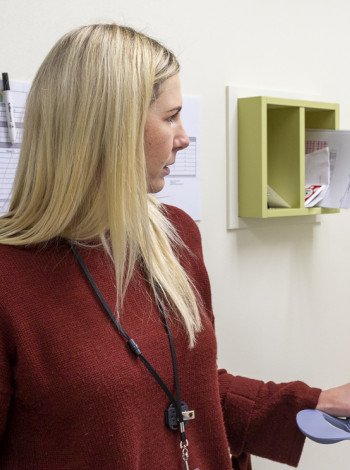BreastScreen Aotearoa is New Zealand’s free national breast screening programme for women aged between 45 and 69

BreastScreen Aotearoa
New Zealand has a free breast screening programme available to all women aged 45 to 69.
Phone 0800 270 200
Breast Screening
If you are aged 45 to 69, have your free breast screen (mammogram) every two years.
A mammogram is an xray of your breasts. It is used to find early signs of breast cancer before it is big enough to feel or cause symptoms. The goal of breast screening is to find cancer early, before it has a chance to grow.
Your appointment will be at a clinic or a mobile breast screening bus.
You will stand at an xray machine. Each breast will be placed on a machine and firmly pressed between two plates for a short period. You will feel some pressure that can be uncomfortable.
Two xrays are taken of each breast at different angles.
It takes around three weeks to get the results. If nothing is found you will get a letter.
If something needs further investigation or the mammogram was unclear, you will be contacted. You may need more tests to find out what's going on. These tests may include another mammogram, an ultrasound or a biopsy.
Women of any age should be breast-aware, even if they are having mammograms. it's still important to let your health care provider know right away if you notice a lump in your breast or have any other concerns about your breasts.
Benefits and risks
Breast screening can save lives by finding breast cancer early when it is easier to treat. Of all of the age groups, women aged 60 to 69 years are most likely to benefit.
But mammograms are not perfect tests. Some cancers may be missed, which may delay getting treatment.
Sometimes mammograms find things that look like cancer but are not. This leads to more testing and can cause unnecessary worry and anxiety.
Overdiagnosis, where a low-risk type of breast cancer is found that never would have caused any health problems if left alone is also a risk. Because it’s not possible to tell the harmful cancers from the harmless ones everyone is usually offered treatment. This may include surgery and radiotherapy which can have serious side-effects.
